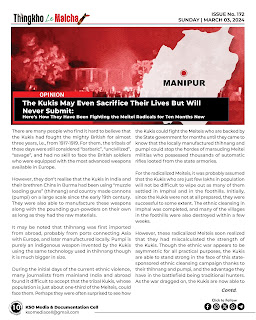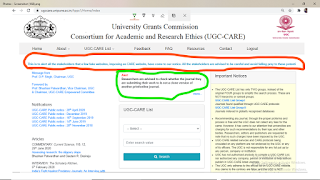The Kukis May Even Sacrifice Their Lives But Will Never Submit: Here’s How They Have Been Fighting the Meitei Radicals for Ten Months Now
There are many people who find it hard to believe that the Kukis had fought the mighty British for almost three years, i.e., from 1917-1919. For them, the tribals of those days were still considered “barbaric”, “uncivilized”, “savage”, and had no skill to face the British soldiers who were equipped with the most advanced weapons available in Europe.
However, they didn’t realized that the Kukis in India
and their brethren Chins in Burma had been using “muzzle loading guns” (thihnang)
and country-made cannons (pumpi) on a
large scale since the early 19th century. They were also able to
manufacture these weapons along with the pounding gunpowders on their own as
long as they had the raw materials.
It may be noted that thihnang was first
imported from abroad, probably from ports connecting Asia with Europe, and
later manufactured locally. Pumpi is purely an indigenous weapon
invented by the Kukis using the same technology used in thihnang though it is much
bigger in size.
During the initial days of the current ethnic
violence, many journalists from mainland India and abroad found it difficult to
accept that the tribal Kukis, whose population is just about one-third of the
Meiteis, could face them. Perhaps they are often surprised to see how the Kukis
could fight the Meiteis who are backed by the State government for months until
they came to know that the locally manufactured thihnang and pumpi
could stop the hordes of marauding Meitei militias who possessed thousands of
automatic rifles looted from the state armories.
For the radicalized Meiteis, it was probably assumed
that the Kukis who are just a few lakhs in population would not be difficult to
wipe out as many of them settled in Imphal and in the foothills. Initially,
since the Kukis were not at all prepared, they were successful to some extent. The
ethnic cleansing in Imphal was completed, and many of the villages in the
foothills were also destroyed within a few weeks.
However, these radicalized Meiteis soon realized
that they had miscalculated the strength of the Kukis. Though the ethnic war
appears to be asymmetric for all practical purposes, the Kukis are able to
stand strong in the face of this state-sponsored ethnic cleansing campaign
thanks to their thihnang and pumpi, and the advantage they have
on the battlefield being traditional hunters. As the war dragged on, the Kukis
were now able to manufacture more and more weapons using the same technology. They
are even able to test semi-long-range cannons which can be fired from a distance
of 2-5 km.
Now that the violence has completed ten months, the Meiteis who know the Kukis more than any other communities, and even those who are new to them but have been following the current ethnic violence, must realize that the strength of the Kukis line of defense along the buffer zones doesn’t lie in modern weapons like automatic rifles and RPGs as some people in the media often claimed, but in their locally produced weapons such as thihnang, pumpi, and others including those semi-long ranged wheeled-cannons named after David Thiek and Baby Issac.
In ten months, there is no turning back from the Kukis. And they wouldn’t give up even if they were to fight for another ten months. The state-sponsored Meitei militias, VBIGs, and state forces may keep attacking the Kuki-Zo villages, and may even kill them, but it is unlikely that they will submit to the communal Meitei state whose intention is to wipe them out from the soil of Kangleipak. Any sane person in the Meitei community must now realize that they have chosen the wrong path.
(Courtesy: KSO Bulletin Thingkho le Malcha, Issue no. 172, March 3, 2024).



Comments
Post a Comment